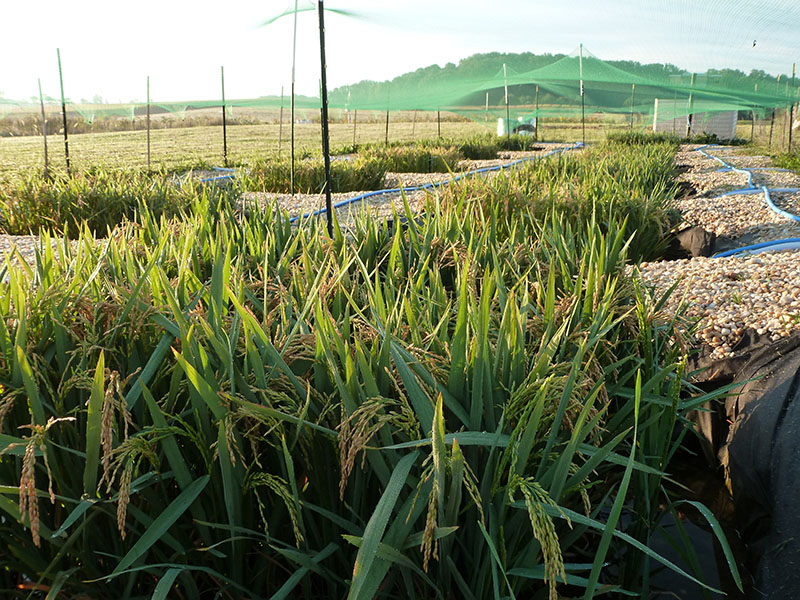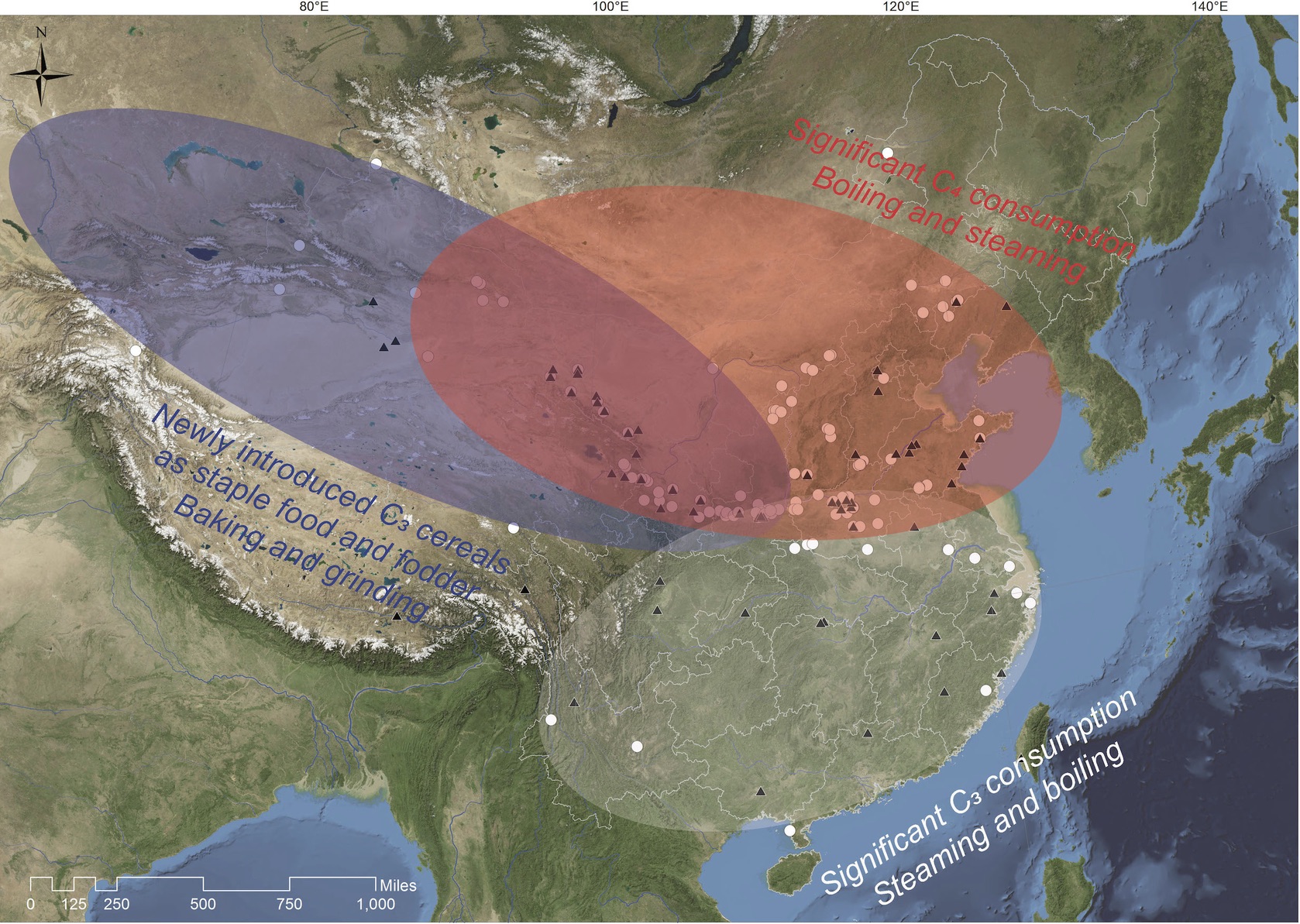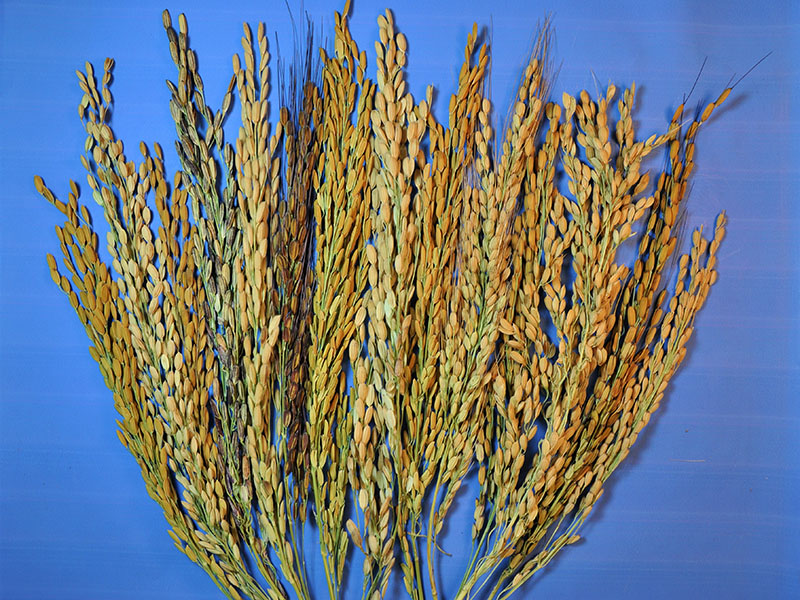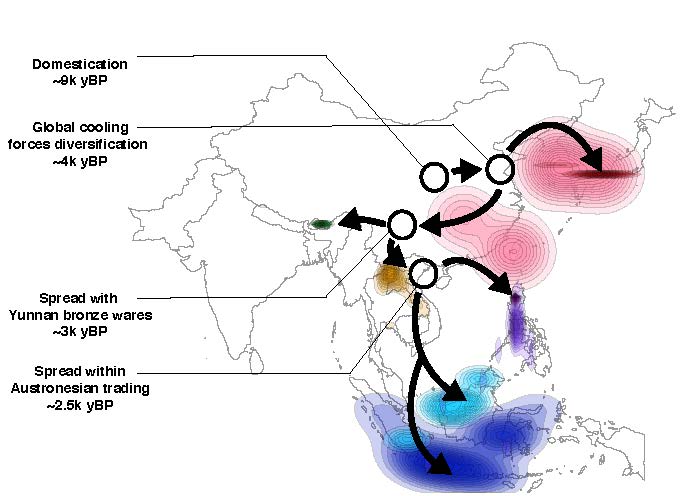Weedy rice is an agricultural pest with a global economic impact. It is an aggressive weed that outcompetes cultivated rice and causes billions of dollars in yield losses worldwide. A study from Washington University in St. Louis offers new insights into genetic changes that give weedy rice its edge over cultivated rice in tropical regions of the world.
Tag: rice
By growing animal cells in rice grains, scientists dish up hybrid food
From lab-grown chicken to cricket-derived protein, these innovative alternatives offer hope for a planet struggling with the environmental and ethical impacts of industrial agriculture.
Cadmium Intake from Six Foods Analyzed by Age Group
New exposure study suggests that combined consumption estimates of the metal cadmium in common foods may exceed some government health guidance limits for young groups.
Weedy rice has become herbicide resistant through rapid evolution
Biologists used whole-genome sequences of 48 contemporary weedy rice plants to show how herbicide resistance evolved by gene flow from crop rice. Almost all other cases of herbicide resistance in agricultural weeds result from selection of tolerant genotypes in the weed species.

Some food contamination starts in the soil
Rice husk residue can prevent uptake of harmful elements in rice

Local cooking preferences drove acceptance of new crop staples in prehistoric China
The food preparation preferences of Chinese cooks — such as the technological choice to boil or steam grains, instead of grinding or processing them into flour — had continental-scale consequences for the adoption of new crops in prehistoric China, according to research from Washington University in St. Louis. A new study in PLOS ONE led by Xinyi Liu, associate professor of archaeology in Arts & Sciences, focuses on the ancient history of staple cereals across China, a country well known for its diverse food products and early adoption of many domesticated plants.
Regulators Classify Gene-Edited Rice Varieties with Disease Resistance as Equivalent to Conventional Varieties
The Healthy Crops team, with support from the Bill & Melinda Gates Foundation, have used gene editing tools to develop new varieties of disease-resistant rice that regulators in the United States and Colombia have determined are equivalent to what could be accomplished with conventional breeding.

Cataloguing the rice collection for crop improvement
Genetic tests help search and manage USDA’s rice genetic repository
Breeding new rice varieties will help farmers in Asia
New research shows enormous potential for developing improved short-duration rice varieties
Transgenic rice lowers blood pressure of hypertensive rats
Researchers reporting in ACS’ Journal of Agricultural and Food Chemistry have made transgenic rice that contains several anti-hypertensive peptides. When given to hypertensive rats, the rice lowered their blood pressure.

Global Cooling Event 4,200 Years Ago Spurred Rice’s Evolution, Spread Across Asia
A major global cooling event that occurred 4,200 years ago may have led to the evolution of new rice varieties and the spread of rice into both northern and southern Asia, an international team of researchers has found.
Rice, know thy enemy: NSF grants $2.6M to study weedy invader
Many farmers struggle with an enemy that looks like a friend. Agricultural weeds that are close relatives of crops present a particular challenge to farmers because their physical similarities to the desirable species make them difficult to detect and eradicate. Along the way, the imitators compete with crops for water, nutrients and space — often depressing crop yields.
NYU Scientists Sequence the Genome of Basmati Rice
Using an innovative genome sequencing technology, researchers assembled the complete genetic blueprint of two basmati rice varieties, including one that is drought-tolerant and resistant to bacterial disease. The findings, published in Genome Biology, also show that basmati rice is a hybrid of two other rice groups.

Grain traits traced to ‘dark matter’ of rice genome
Domesticated rice has fatter seed grains with higher starch content than its wild rice relatives — the result of many generations of preferential seed sorting and sowing. But even though rice was the first crop to be fully sequenced, scientists have only documented a few of the genetic changes that made rice into a staple food for more than half the world’s population.